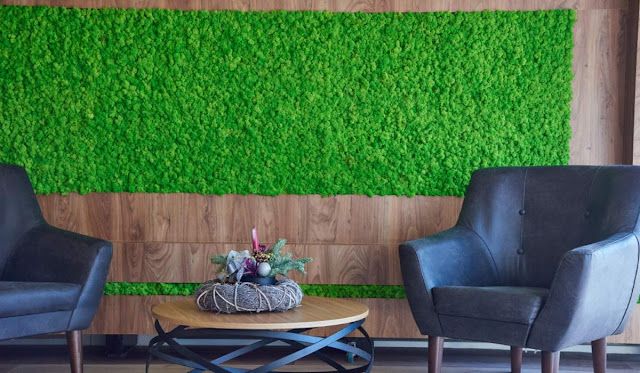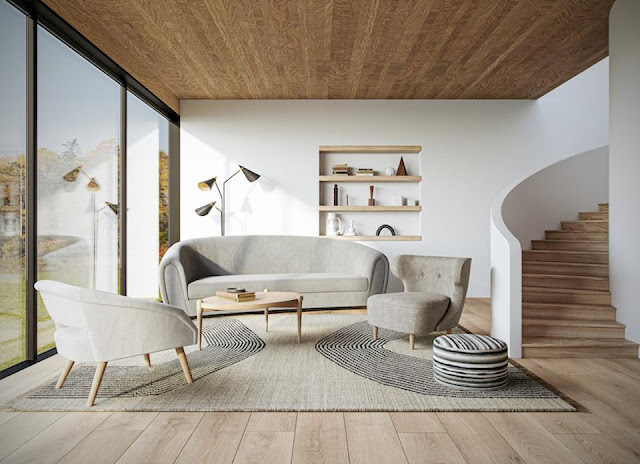The Art of Interior Design: Creating Beautiful Spaces
Interior design is the art of making a space beautiful, functional and comfortable. It involves creating an environment that is aesthetically pleasing and enhances the quality of life. The design of a space can greatly influence the way people feel and interact with it, so it’s important to carefully consider the elements that make up a successful design.
When it comes to interior design, there are a number of factors to consider, including color, lighting, furniture, and layout. These elements all work together to create a cohesive and well-designed space that is both beautiful and functional.
One of the most important aspects of interior design is color. The colors used in a space can greatly impact the way it feels and the mood it creates. For example, a bright, vibrant color like yellow can create a sense of energy and excitement, while a soft, calming color like blue can help to create a more peaceful and relaxing environment. It’s important to consider the purpose of the space and the desired atmosphere when selecting colors.
Another important element of interior design is lighting. Proper lighting can enhance the beauty of a space, highlight certain features or artwork, and improve functionality. There are several types of lighting to consider, including natural light, overhead lighting, task lighting, and accent lighting. The key is to strike a balance between different types of lighting to create a comfortable and visually appealing space.
Furniture is also a key consideration in interior design. Furniture should be selected based on the purpose of the space, the style of the design, and the comfort of those who will be using it. Comfortable seating, for example, is essential in a living room or family room, while durable and easy-to-clean furniture is important in a kitchen or dining room.
Finally, the layout of a space is critical in interior design. The way furniture and other elements are arranged can greatly impact the functionality and flow of a room. For example, a well-placed rug can help to define a seating area, while a carefully arranged set of shelves can provide storage and organization.
In addition to these key elements, there are several other factors to consider when designing a space. Texture, for example, can add depth and interest to a room, while artwork and accessories can provide a personal touch and help to tie the design together.
Ultimately, the key to successful interior design is to create a space that is both functional and aesthetically pleasing. By carefully considering the elements of design and balancing them in a thoughtful and deliberate way, it’s possible to create beautiful spaces that enhance the quality of life and provide a sense of comfort and well-being. Whether designing a single room or an entire home, the art of interior design is a powerful tool for creating beauty and enhancing the way we live.



Comments
Post a Comment